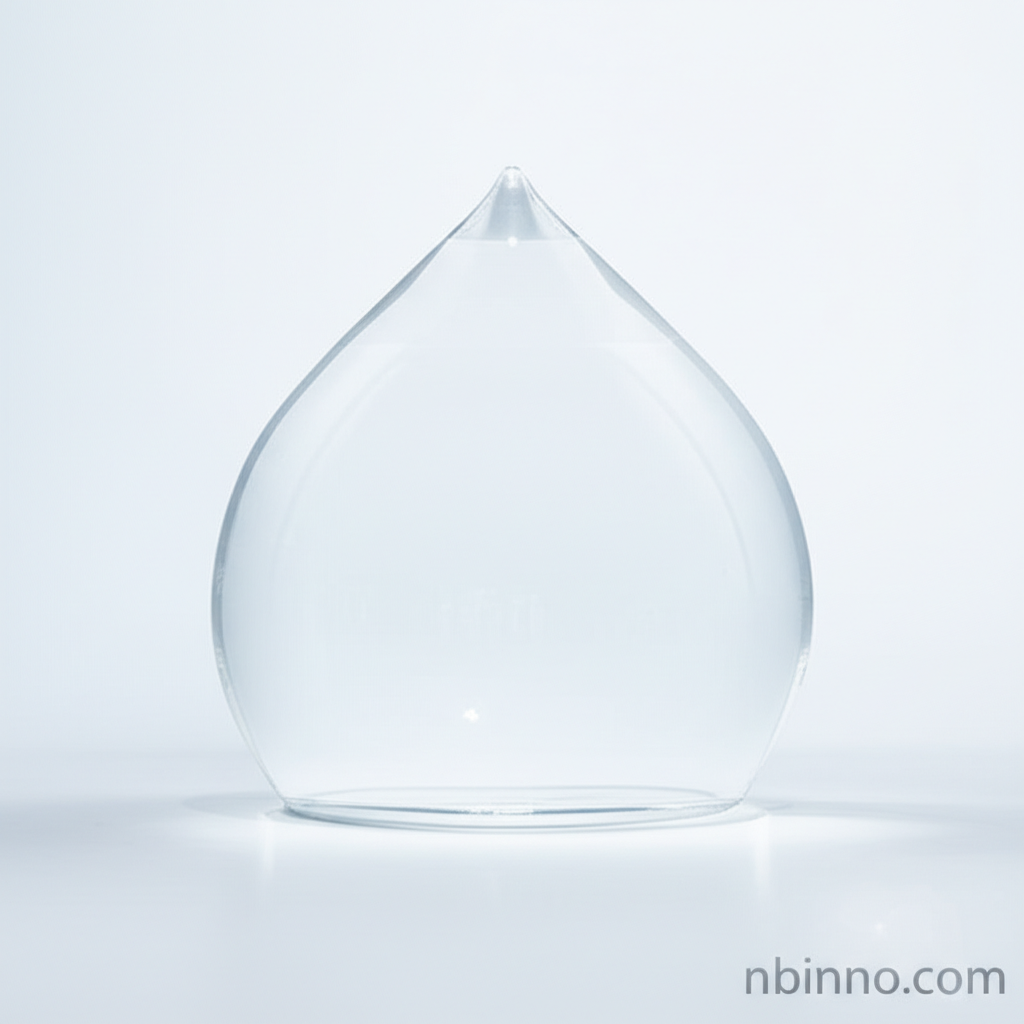Cresyl Diphenyl Phosphate (CDP): Enhancing Fire Safety and Flexibility
Discover the superior flame retardant and plasticizer properties of CDP for your advanced material needs.
Get a Quote & SampleProduct Core Value

Cresyl Diphenyl Phosphate CDP
Cresyl Diphenyl Phosphate (CDP) is a high-performance additive renowned for its dual functionality as a plasticizer and flame retardant. Its exceptional compatibility with a wide array of polymers and resins makes it an indispensable component in modern material formulations, ensuring enhanced safety and processing efficiency.
- Leverage the excellent electrical insulation properties of CDP for safe and reliable electronic applications.
- Benefit from the superior hydrolytic stability of phosphate esters, ensuring longevity in demanding environments.
- Achieve efficient plasticization, improving flexibility and workability in your polymer compounds using CDP.
- Utilize its low volatility and good low temperature resistance to maintain performance under diverse conditions, a key for any plasticizer for PVC.
Key Advantages Offered
Enhanced Fire Resistance
CDP significantly boosts the flame retardancy of materials, a crucial aspect for products like flame retardant hoses and in the formulation of flame retardant polymers.
Improved Material Flexibility
As an efficient plasticizer, CDP imparts flexibility to materials, making it ideal for applications such as vinyl automotive upholstery and flexible PVC products.
Superior Durability
The excellent hydrolytic stability and low volatility of CDP contribute to the long-term performance and durability of the end products, enhancing their wear resistance.
Key Applications
Plastics and Resins
Used as an additive flame retardant and plasticizer for various plastics and resins, including PVC terminal insulation jackets and mine flame retardant air pipes, contributing to flame retardant polymers.
Coatings
Incorporated into coatings, such as nitrocellulose lacquers and phenolic resins, to provide enhanced fire resistance and protection.
Rubbers
Acts as a plasticizer and flame retardant in both natural and synthetic rubbers, including NBR and SBR, for applications like conveyor belts and flame retardant hoses.
Electronics
Valued for its excellent electrical insulation properties, making it suitable for electronic potting adhesives and other sensitive electronic components.
Related Technical Articles & Resources
Why Choose Us?
Leverage our expertise and state-of-the-art infrastructure to accelerate your journey from discovery to commercial success.
Global Experience
With 20 years of R&D, manufacturing, and sales experience, we proudly serve clients across 60 countries and regions worldwide.
Advanced Facilities
Our in-house R&D laboratory, pilot platform, and large-scale production workshop are equipped to meet the audit requirements of global customers.
Seamless Scalability
We facilitate a perfect transition from small-scale lab requirements (grams) to full commercialization (hundreds of tons).
